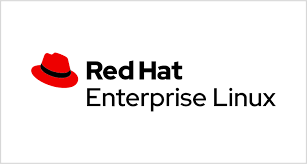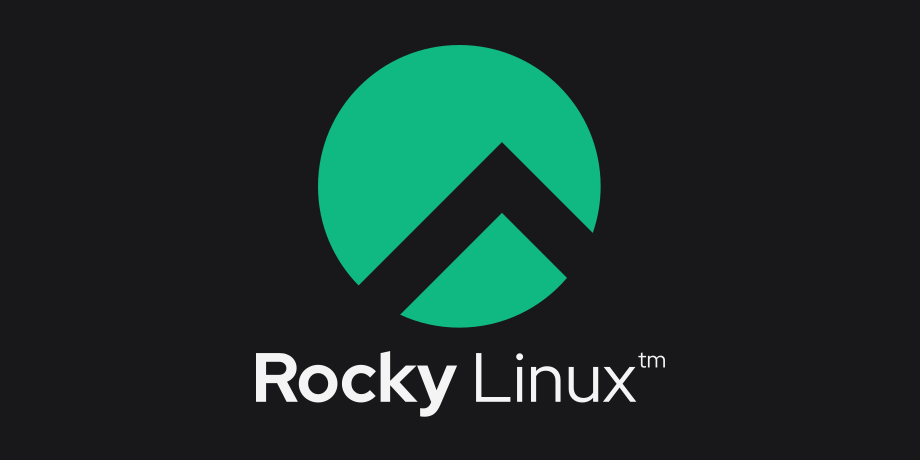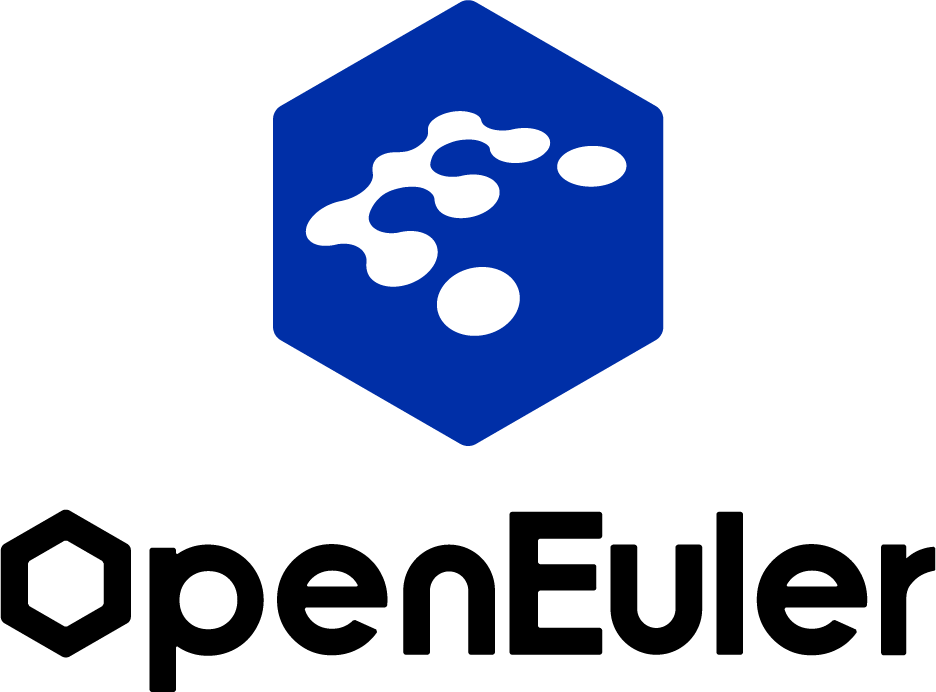How should the OS be selected after CentOS is discontinued?
This article was last updated on: February 7, 2024 pm
overview
CentOS Linux will be released on Jun 30th, 2024 EOF (End of Life). At that time, what other options will our OS have?

The author provides some solutions here for your reference.
Do not choose CentOS Stream
Don’t choose CentOS Stream!
Don’t choose CentOS Stream!
Don’t choose CentOS Stream!

Say important things 3 times. Here’s why:
Formerly CentOS Linux:
The Red Hat Enterprise Linux ecosystem has created a synergy between Fedora, RHEL, and CentOS Linux, and the upstream community provides developers with continuous innovation and technical architecture integration of desktop operating systems through Fedora, with releases approximately every 6 months; Midstream is Red Hat Enterprise Linux, which is mainly aimed at enterprises and application developers, and is characterized by stability, security, and performance optimization;downstreamis a community-led CentOS Linux for cost-sensitive users and ecosystem developers, featuring no-cost, easy-to-access, and released about a few months after the release of Red Hat Enterprise Linux.
Now CentOS Stream:
CentOS Stream itself is somewhere between Fedora and RHEL betweenCloser to RHEL, it is equivalent to all the functions developed on RHEL are already available in CentOS Stream, which is also free and open to everyone, which can ensure that developers get new features of RHEL in advance, and on this basis to do work such as developing third-party components to expand their impact on the RHEL ecosystem. Equivalent CentOS Stream is a testing ground for RHEL。
In September 2019, Red Hat announced CentOS Stream, which is CentOSRolling releases, between the upstream development of Fedora Linux and the downstream development of RHEL, when the official made it clear that CentOS compiled from RHEL code will not be released in the future, it means CentOS Stream First, release RHEL after stabilization, so it is not difficult to understand the dissatisfaction of many developers with this decision.
And now CentOS only provides major versions, such as CentOS Stream 8 and 9, not previous minor versions such as 7.X.
Although RedHat officially guarantees that CentOS Stream is stable enough, according to the communication between the author and other relevant people, it is no longer selected as a production environment.
CentOS alternatives
Next, we officially enter the recommendation session.
RHEL Linux
RHEL is familiar to everyone, so I won’t make an introduction. Regardless of the money factor, RHEL Linux is the perfect alternative… 😅

Suitable for users:
- Not bad money
- Extremely high demands on stability
- Professional Linux maintenance is required
- Financial industry
Rocky Linux
Rocky Linux Brief introduction:
Rocky Linux rebuilds source code directly from RHEL®, and you’ll have a super stable experience regardless of the use case.

The background to the birth of Rocky Linux:
In response to this (CentOS Stream) situation,Founder of CentOS Gregory Kurtzer launches a new project, Rocky Linux, on Github.
As for the direction of Rocky Linux, Kurtzer said that Rocky Linux will not change to Debian or other stable Linux distribution routes as some developers suggest, but will continue to be a downstream build of RHEL like CentOS once did. The goal of the project team is to enable developers to continue using the stable version of CentOS.
Using Rocky Linux instead of CentOS is also minimally expensive. But the stability of Rocky Linux will take longer to test.
Suitable for users:
- open source
- Looking for a replacement for CentOS
- Familiarity with the Fedora RHEL CentOS ecosystem
Public cloud Linux
If all or most of your resources are hosted on a public cloud, then there is another viable option: Linux provided by the public cloud. As:
- Amazon Linux
- Alibaba Cloud Linux
- …

These mainstream public cloud Linux are basically based on Fedora and yum ecosystems, and can be used for free on the corresponding public cloud, and there will be additional enhancements. The cost of switching is a bit higher than RHEL or Rocky, but it’s still relatively easy.
Suitable for users:
- Public cloud users
Debian is Linux
The options mentioned above are derived from Fedora’s Linux. The switching cost is also relatively small.
But if users are more innovative than stability, pursue newer kernels, and update features, then they can also choose to switch to Debian Linux, the recommended choices are: Debian and Ubuntu.


Of course, to switch to Dbian Linux, the cost is still relatively large:
- The package management software switches from yum/dnf to apt/dpkg
- Most people’s view is that the Debian system is not as stable or trouble-free as RHEL/CentOS
- Debian’s kernel/software is relatively up-to-date
Suitable for users:
- More than stability, more pursuit of innovation
- Familiarize yourself with the Debian ecosystem
- Containers/K8s are already used more (because Debian is more common in the container ecosystem)
- Newer kernels or newer features such as eBPF and Cilium are required
Information and innovation is Linux
If you are mainly for domestic government, enterprise/financial customers and have just needs for information creation, then it is recommended that you switch to information creation Linux, the mainstream ones include: Huawei-led openeuler and Ali-led anolis OS.


Both are also based on the Fedora ecosystem, and their official websites also tend to have utilities for migrating the OS with one click. But the software ecosystem still needs more time to mature.
Suitable for users:
- Information creation needs
- For government, enterprise/financial customers
summary
CentOS Linux will be available at Jun 30th, 2024 EOF (End of Life), what are our OS options?
- Don’t choose CentOS Stream;
- RHEL Linux, for financial clients;
- Rocky Linux, for customers who need open source and free and an equal replacement for CentOS Linux;
- Public cloud Linux, suitable for customers whose resources are on the public cloud;
- Xinchuang Linux, suitable for domestic government, enterprise/finance, customers with information creation needs.
Above.